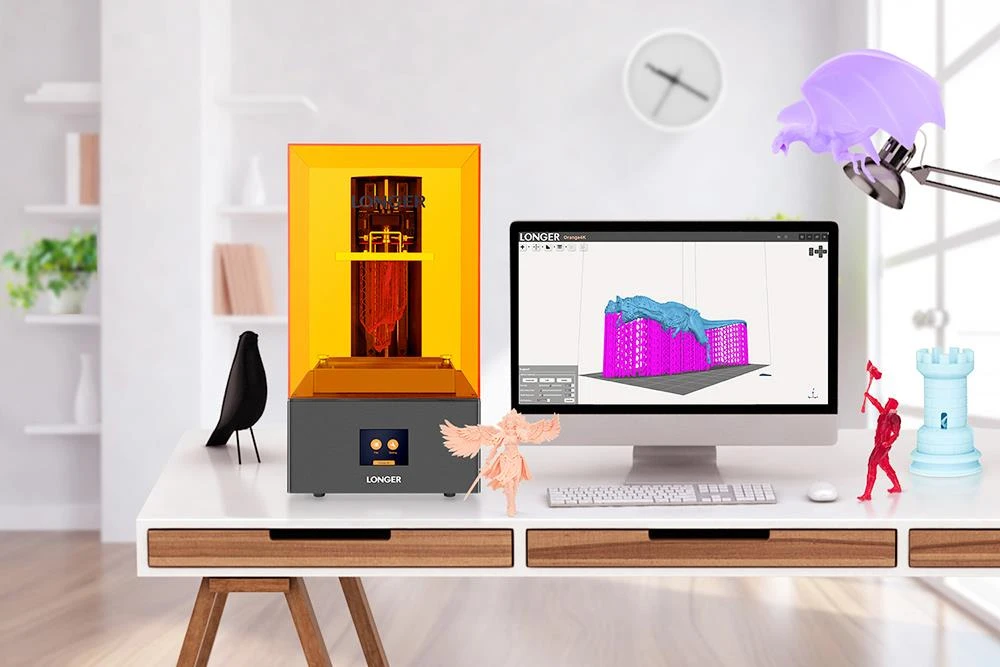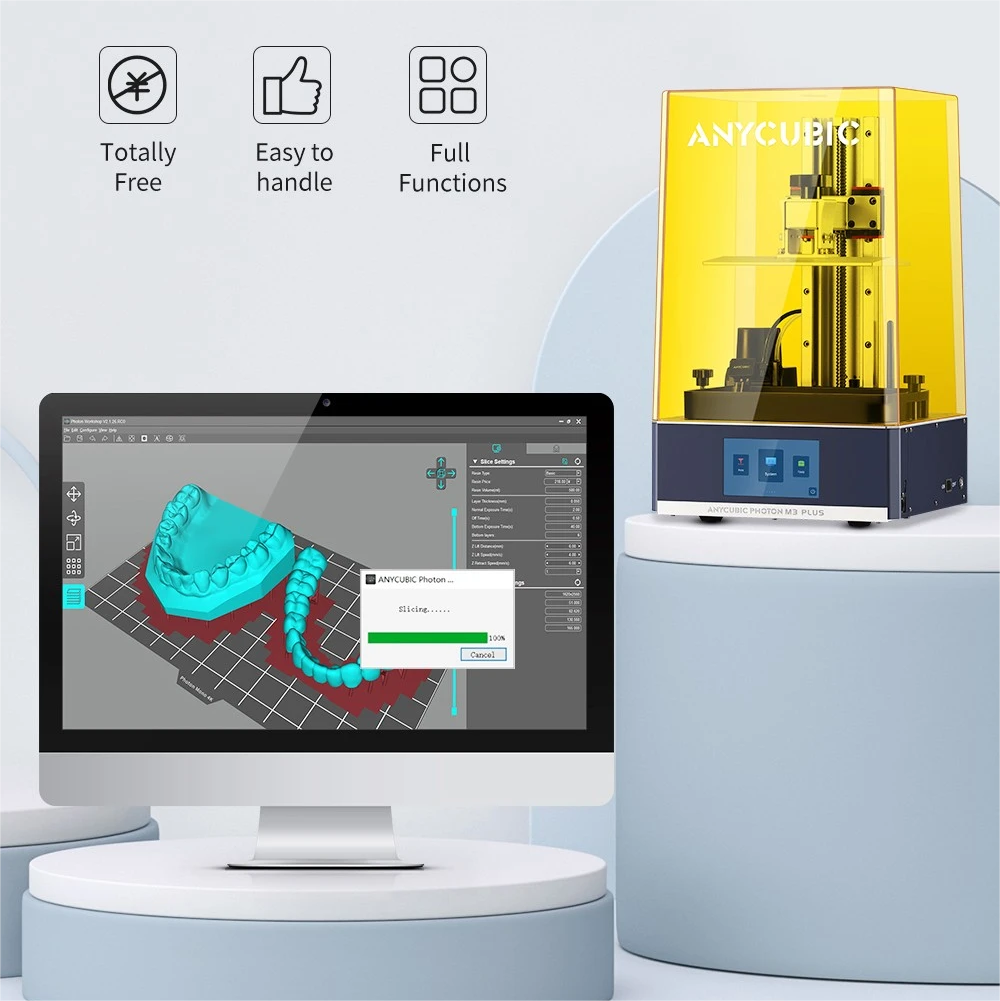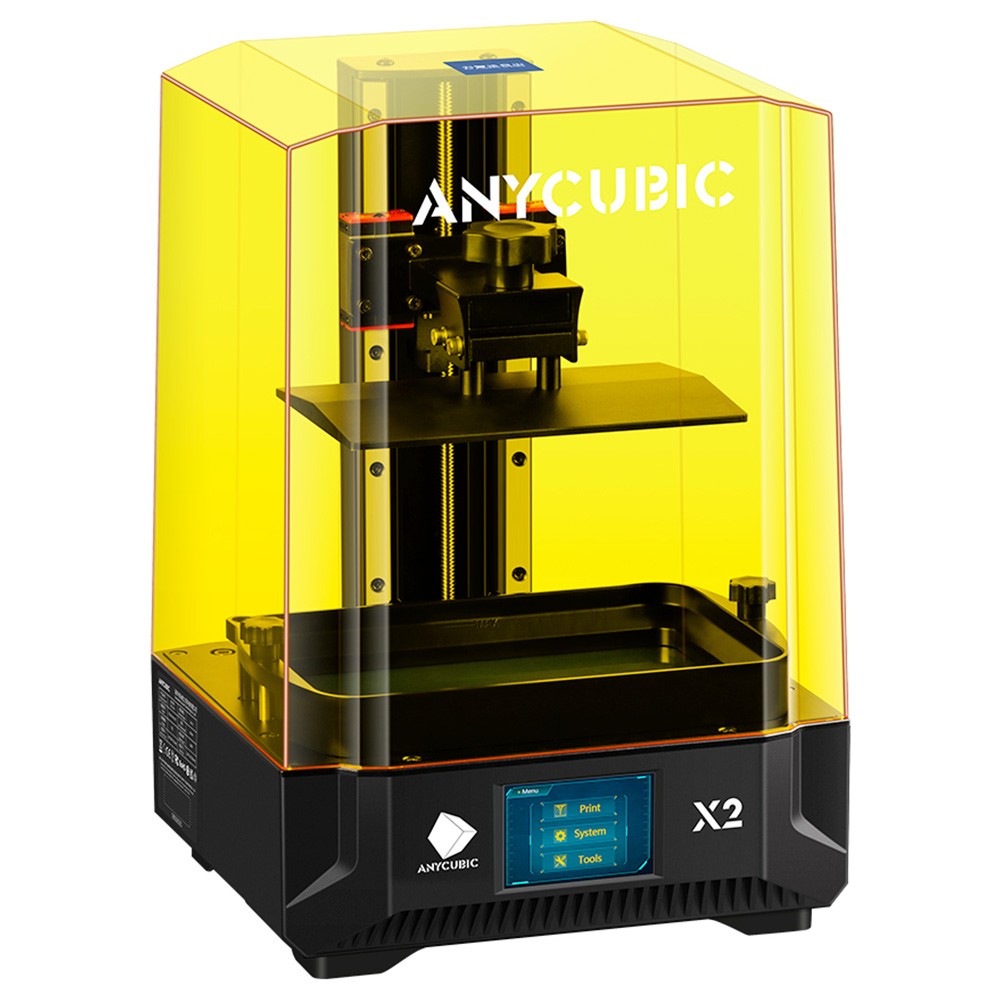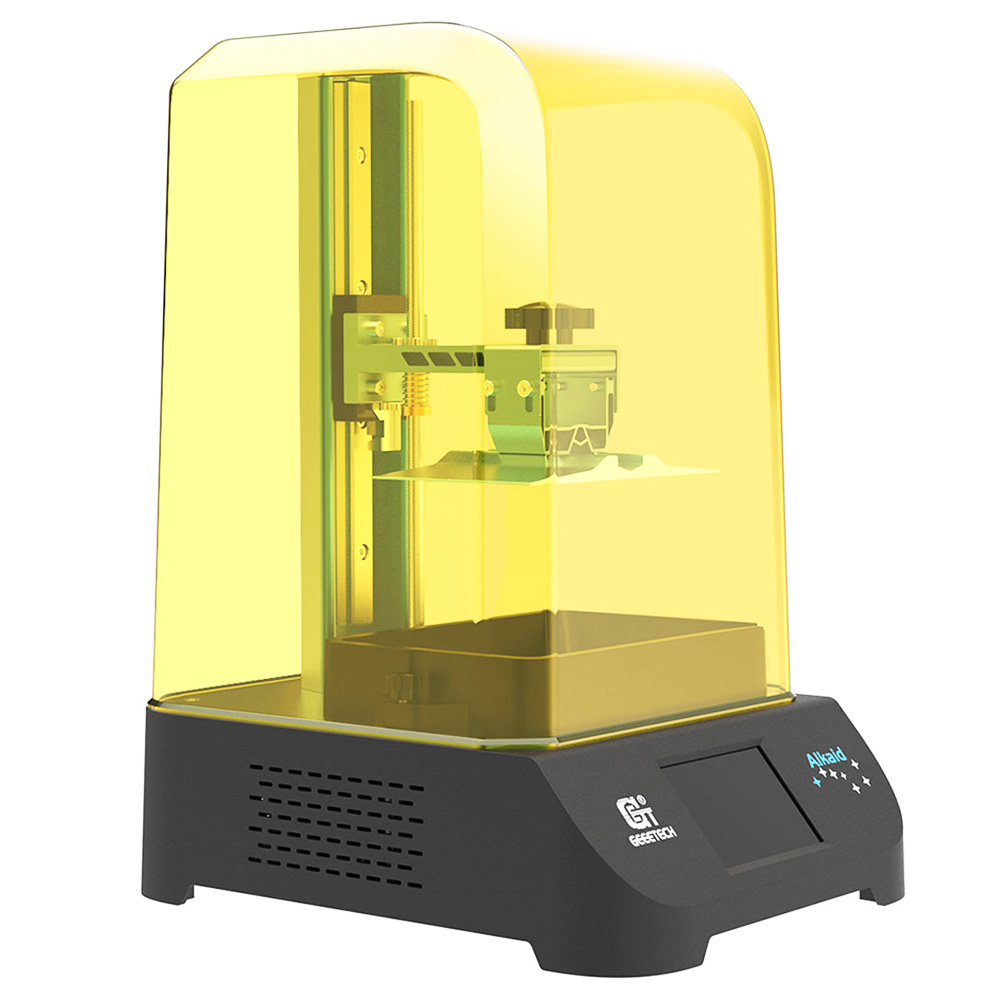The application of 3D printing technology has become more and more extensive in recent years, and its technology types are also constantly innovating. Resin 3D printers are one of the types. It uses light-curing resin as a material for printing, and the resin is cured layer by layer through the irradiation of light beams, and finally, a complex 3D object is constructed. Resin 3D printers have many distinct advantages over FDM 3D printers. It can achieve very fine printing effects, and can print high-precision, high-resolution models, and is widely used in dentistry, product prototype development, school education research, and jewelry fields. While resin 3D printers have also developed different technology types, such as SLA, DLP, and LCD. In order to let everyone know more about resin 3D printers, this blog will introduce these types of technologies.
Distinctions Among SLA, DLP, and LCD
SLA, DLP, and LCD all belong to the category of light curing. They all use photosensitive resin for printing, but each technology has its own advantages and disadvantages.
SLA (Stereo Lithography Appearance) uses lasers to cure resin, which is the most traditional and widely used 3D printing technology. There are few restrictions on the printing size, but the printing speed, accuracy, and details are generally not as good as DLP and LCD 3D printers. SLA 3D printers are usually relatively large in size and are more suitable for printing large-scale samples or mass production scenarios.
DLP (Digital Light Processing) 3D printing technology mainly uses a UV projector to project the cross-sectional graphics of the product onto the surface of the liquid photosensitive resin, so that the irradiated resin is photosensitive and cured layer by layer. Different from the single-point exposure of SLA 3D printing technology, DLP 3D printing technology uses surface exposure, which can greatly increase the printing speed. At the same time, DLP 3D printing technology will also be superior to SLA 3D printers in terms of accuracy and surface quality.
Most DLP 3D printers adopt a down-illuminated technology solution, and the light source is below the resin tank. The advantage of this solution is that it only needs a small amount of resin to start printing, but due to the limitation of release type, the printing size is also restricted. DLP 3D printers are usually small in size and can be easily deployed in office environments. They are widely used in dentistry, product development verification, scientific research, and education.
LCD (Liquid-crystal display) 3D printing technology also can be called DUP (Direct UV Printing). It is similar to DLP 3D printing technology, but instead of using a projector to produce images, it produces specific images through the deflection of LCD liquid crystals. Thanks to the maturity of LCD 3D printing technology, LCD 3D printers can usually achieve higher resolution and smaller pixel sizes than DLP 3D printers. However, due to technical limitations, the optical power of LCD 3D printers is generally lower than that of DLP 3D printers, resulting in slower printing speeds. However, the price of LCD 3D printers is lower than that of DLP 3D printers, so they are very popular in the market.
Factors When Choosing Resin 3D Printers
Print Size
With large-format printing size equipment, it can realize rapid iteration of design prototypes and rapid production of small batches.
Printing Accuracy
The higher the resolution and the smaller the pixel size, the clearer the surface details and texture of the printed object; the more advanced the optical design, the higher the accuracy of the printed object, which can accurately present the design prototype.
Printing Speed
When evaluating print speed, generally we need to limit the material and layer thickness. Even on the same machine, different layer thicknesses and different materials can lead to huge differences in printing speed.
Open Material
Some 3D printers only allow users to use special resin materials, which is a very big limitation, while 3D printers with open systems can be compatible with more third-party materials.
Typesetting/Slicing Software
Typesetting and slicing are the first steps in 3D printing, and good software can make preprocessing fast and easy. Most 3D printer companies offer free software trials that users can try out before purchasing.
Post-processing
Resin 3D printed prototypes require cleaning and post-curing. The post-cured sample has higher strength and less deformation. Therefore, being equipped with a complete washing machine and curing box can effectively improve efficiency and reduce labor costs.
Resin Material Selection
The first concern is always safety. Although the photosensitive resin itself is very safe, you should ask the manufacturer for MSDS (Material Safety Data Sheet) before purchasing the resin to deal with possible accidents during use. In addition, there are many types of resin materials, and we should choose materials according to the application. For example, the application of dental models should choose rigid materials with low deformation.
Recommended Resin 3D Printers
LONGER Orange 4K Resin 3D Printer
One of the standout features of the LONGER Orange 4K Resin 3D Printer is its 4K resolution, which means it can deliver extremely high-precision prints. The printer enables a sub-pixel size of X 31.5μm Y 10.5μm. This high-precision technology enables more detailed and better surface quality on miniature models. To ensure stable printing and eliminate wobble issues, the Orange 4K resin 3D printer is designed with dual Z-axis linear guides. This feature provides better results and smoother surfaces on printed models. The 3D resin printer also utilizes uniform parallel UV illumination with an LED light source for better uniformity, higher intensity, and shorter cure times.
Anycubic Photon M3 Plus SLA 3D Printer
The Photon M3 Plus 9.25-inch 6K monochrome screen resin 3D printer has a print size of 9.6×7.8×4.8 inches and a screen protector to prevent damage. It has an ultra-fast printing speed of 3.93 in/h and an automatic resin feeding function, which improves efficiency and reduces printing failures. ANYUCBIC Photon M3 Plus resin 3D printer’s 6K LCD screen has a contrast ratio of up to 350:1, which greatly improves printing details. What’s more, the cloud transfer/print option makes it a versatile and reliable printer.
Anycubic Photon Mono X2 Resin 3D Printer
Anycubic Photon Mono X2 is equipped with a 9.1-inch 4K+ large monochrome LCD screen, 4096 x 2560 resolution, and an Anycubic LightTurbo matrix light source. It projects UV light both parallel and perpendicular to the LCD screen, providing extremely high print quality. The Photon Mono X2 is also designed with a screen protector to prevent accidental scratches and damage. The most important thing is that Photon Mono X2 Resin 3D Printer is compatible with a variety of resin types, which can meet your different creative needs.
Geeetech Alkaid 2K LCD Resin 3D Printer
The Geeetech Alkaid 6.08-inch 2K LCD Resin 3D Printer is the cheapest. It adopts a black-and-white forming screen, which has higher light transmittance and longer service life. Its ALKAID transparent cover contains anti-ultraviolet elements, which can effectively filter ultraviolet rays with a wavelength of 405nm to ensure that the printer’s UV light does not leak out. The operation of the machine is also relatively simple.















